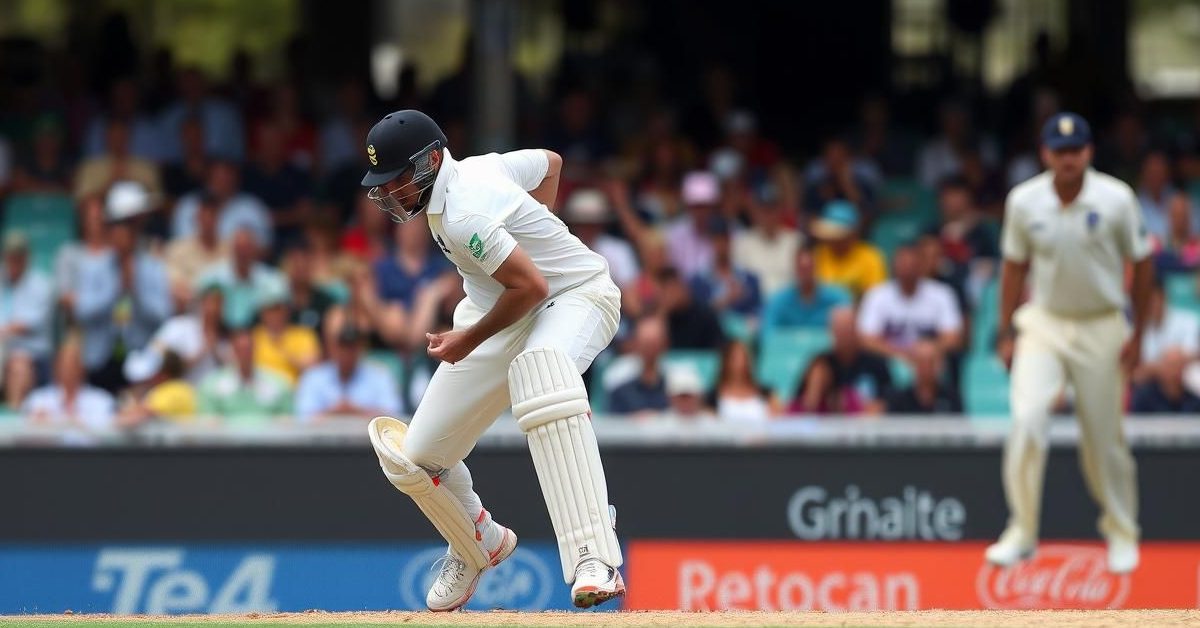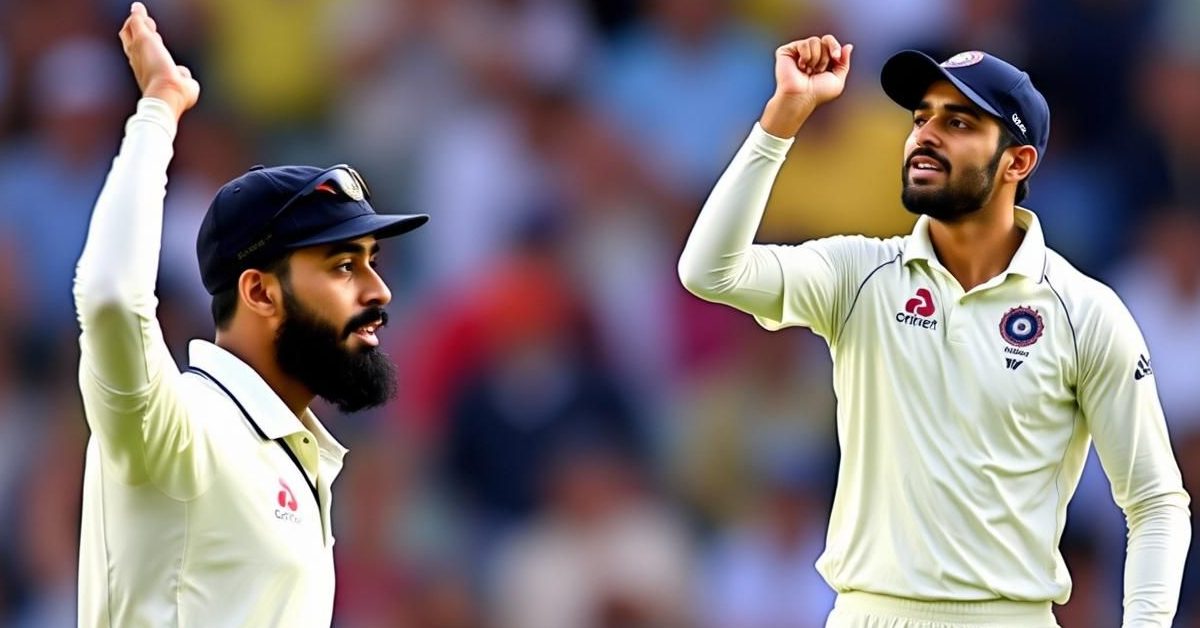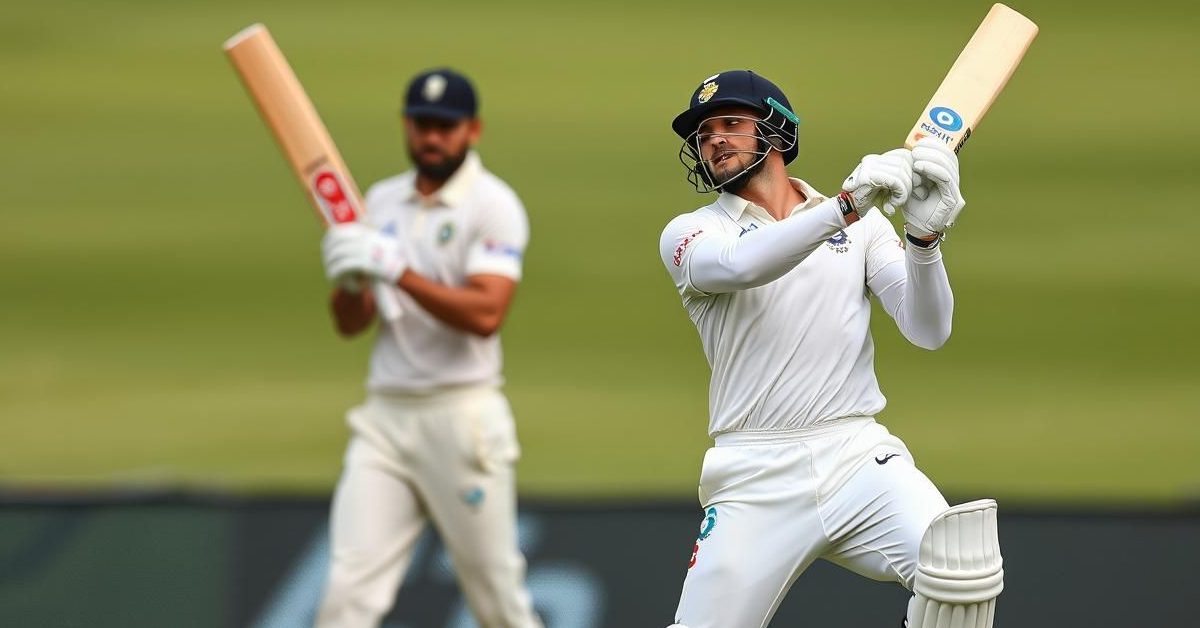Cricket’s Game-Changing Trial: A New Era for Injury Replacements
The world of cricket is on the cusp of a significant transformation, poised to address one of the most heart-wrenching scenarios in the sport: the devastating impact of a player’s sudden, serious injury during a crucial match. Starting this October, a groundbreaking six-month trial will unfold in domestic first-class cricket, allowing teams to bring in “like-for-like” replacements for players sidelined by such severe ailments. This pivotal move, spearheaded by the International Cricket Council (ICC) and its full member nations, aims to level the playing field and maintain the integrity of competitive encounters.
Why This Rule Change Matters: Addressing On-Field Disadvantage
Imagine the scene: a pivotal Test match, a frontline bowler delivering a fiery spell, only to pull up clutching their hamstring, or a top-order batsman suffering a nasty blow. Historically, such unforeseen incidents could cripple a team’s chances, leaving them without a key player for the remainder of the game. While concussion substitutes were introduced earlier to safeguard player welfare, other significant injuries often left teams severely disadvantaged, forced to compete with a player short, particularly in the critical batting or bowling departments. The new trial seeks to mitigate this long-standing issue, ensuring that the spectacle of cricket isn’t marred by unfortunate, non-contact injuries.
From Spectator to Game-Changer: The Evolution of Substitutions
Currently, the rules surrounding substitutes in cricket are quite restrictive. Unless it’s a concussion, a replacement player can only take to the field as a fielder or wicketkeeper, prohibited from batting or bowling. This has often meant a critical disadvantage for the injured side. The upcoming trial, as reported by the BBC, will fundamentally alter this, permitting a like-for-like player to participate fully – be it with bat or ball – at any point during a game, even during the warm-up period. While the precise definition of “serious injury” remains under wraps for the trial, it’s clear the intent is to address genuinely debilitating setbacks, not minor niggles or tactical rests.
The Painful Price of Injury: Case Studies in Cricket
The impact of serious injuries on a team’s fortunes is not theoretical; it’s a stark reality vividly remembered by fans and players alike. Consider the plight of Zimbabwe fast bowler Richard Ngarva during a recent Test against England. A back injury forced him off the field, and upon his return, the existing laws meant he couldn’t bowl, significantly hampering his team’s attack. He clearly struggled, highlighting the limitations of the current system.
Even more dramatically, the 2021 Border-Gavaskar Trophy between India and Australia saw a defining moment when India’s pace spearhead, Jasprit Bumrah, suffered a back injury during the fifth Test in Sydney. His exit from the field was a massive blow, undoubtedly influencing the series outcome and offering significant relief to the Australian side who capitalized to clinch the trophy for the first time in a decade. While a like-for-like substitute might not have matched Bumrah’s world-class skill, it would have at least provided the Indian team with a crucial bowling option in a high-stakes encounter, potentially altering the course of that memorable series.
Navigating the New Frontier: Challenges and Safeguards
While the prospect of injury replacements offers much-needed relief to teams, it also introduces a layer of complexity for officials. If this trial proves successful and the law becomes permanent, umpires will face the demanding task of discerning genuine “serious injuries” from tactical ploys. Concerns have been raised in the past about the potential misuse of substitution rules, with allegations, for instance, of concussion protocols being exploited to introduce a more strategically advantageous player rather than a truly like-for-like replacement. Ensuring the integrity of the game and preventing any abuse of the new rule will be paramount, requiring vigilance and clear guidelines from the ICC.
The Future of Cricket: Balancing Player Welfare and Fair Play
This trial marks a progressive step for cricket, reflecting a commitment to player welfare while striving to maintain the competitive balance of the game. It acknowledges that modern cricket is physically demanding and that an unexpected injury shouldn’t solely dictate a match’s outcome. As the six-month trial unfolds, the cricketing world will be watching closely, hoping this innovative approach strikes the perfect balance, ensuring that the spirit of fair competition always prevails, even in the face of unforeseen setbacks.











